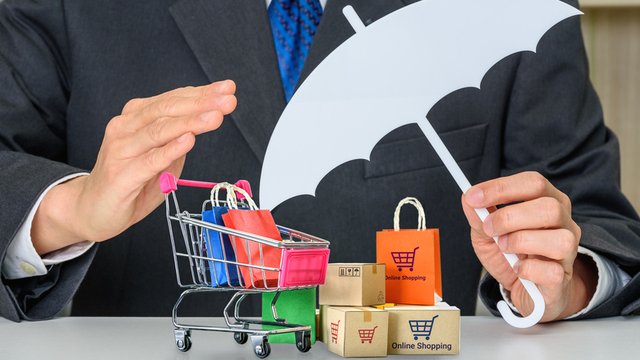

Consumer behaviour encompasses the set of processes and actions involved in decision-making before making any purchase of a product or service. For a company, it is essential to understand why a consumer decides to make one purchase over another, adapting different strategies to their behaviours.
If you are interested in this field, the degree in Business and Marketing, the MBA in Madrid or the MBA in Valencia, will train you to face the professional challenges arising from this sector.
What is consumer behaviour?
Consumer behaviour includes all those choices and actions taken by a person when buying, using, or disposing of products or services. Therefore, it involves a set of factors and mental processes that affect the purchasing decision, its use, and subsequent feedback.
There are several types of consumer behaviours, which are as follows:
- Dissonance-reducing buying behaviour: This refers to when a consumer finds it difficult to differentiate between similar products.
- Complex buying behaviour: This type of behaviour is displayed when making significant investments, such as when buying a car, a house, or other similar acquisitions.
- Habitual buying behaviour: This is based on general indifference to brands, purchasing out of necessity or habit rather than loyalty.
- Variety-seeking buying behaviour: When the consumer tries different brands, easily opting for other products.
What factors influence consumer behaviour?
To develop any effective marketing strategy in a company, it is essential to understand the consumer behaviour, desires, and requirements of its potential clients to make a purchase or take any decision.
Some of the influential factors in consumer behaviour are:
- Social effects: Refers to the influence exerted by social groups, influencers, or close people such as friends or family on purchasing decisions.
- Cultural effects: Involves the values and beliefs of clients, as well as cultural norms that can affect how a product or service is perceived.
- Personal characteristics: Age, gender, income, or personality are factors that influence the purchase of a product or service.
- Psychological effects: Involves the attitude, motivation, and perception of the consumer.
Stages of consumer behaviour in a purchase
There are several stages a customer goes through when making a purchase.
- Recognition: The consumer takes on the initiator role. At this point, they identify a need.
- Information search: The stage where they adopt the influencer role. They seek reliable first-hand information for evaluation.
- Evaluation of options: They take the role of decision-maker. Based on the gathered information, they conduct an analysis and comparison including factors like price, quality, delivery, returns, etc.
- Purchase action: Role of decision-maker and buyer. After analysing the options, they buy the chosen product based on several criteria.
- Consumption: Role of user and evaluator. They try the product/service and evaluate their satisfaction regarding the use of the purchased item.
How to measure digital consumer behaviour through KPIs?
Some of the most effective KPIs to measure a marketing strategy are:
- ROI: Return on Investment, quantifies the performance of investments made in advertising and marketing.
- CAC: Customer Acquisition Cost. Calculates the average cost of acquiring new customers.
- CLV: Customer Lifetime Value. Its goal is to create a long-term relationship with the customer.
- Conversion rate: Measures the number of users who visit the website and make a purchase or subscribe to a service.
- Bounce rate: Percentage of users who leave the page without performing any specific action.
- Customer retention: Number of consumers who make repeat purchases after their first purchase.
- Time on site: Measures the time users spend browsing a website or app.
How to measure offline consumer behaviour through KPIs?
The most effective KPIs to measure an offline marketing strategy are the following.
- In-store traffic: Measures the number of people visiting an establishment during a specific period.
- In-store conversion rate: Refers to how much customers spend on average in each purchase.
- Visit frequency: Measures how often a customer visits an establishment within a specific period.
- Dwell time: The time a consumer spends on average in the store.
- Return rate: Frequency with which a customer returns to the store after their first purchase.
- Satisfaction: Collection of customer feedback through surveys or direct comments (more challenging to obtain than with digital methods).
There are many career opportunities in Business Administration. Universidad Europea offers a wide variety of Business and Technology degrees to choose from. Check the options and find the programme that suits you best.